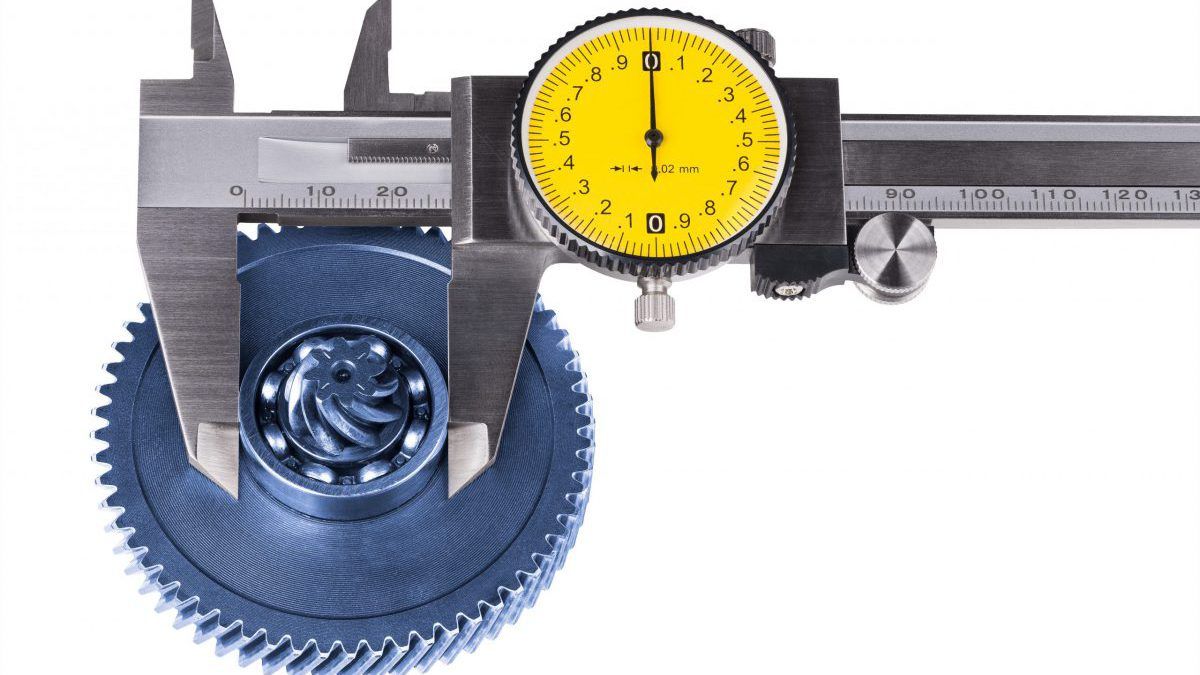Science
Orthokeratology treatment zone diameter in slow and fast progressors

In this article:
Title: Treatment zone characteristics in children with slower axial elongation after orthokeratology treatment
Authors: Biyue Guo1 , Sin Wan Cheung1 , Pauline Cho1
- School of Optometry, The Hong Kong Polytechnic University, Hong Kong, China
Reference: ARVO 2021 Abstract
Summary
In this retrospective study, a sample of slow (mean 0.03mm change) and fast (0.70mm) progressors in prior 24 month orthokeratology myopia control trials were analyzed for topographical differences in treatment zone diameter and induced peripheral power. All had been fit with standard 6mm optic zone diameter lenses. At baseline, the faster progressors were younger by 1.27 years, but there was no difference in starting refraction or axial length between groups. There was no correlation found between treatment zone diameter (TZDs) or axial length, although as a group the slow progressors had 0.5mm smaller TZDs. The induced peripheral myopic shift, as measured by topography, was no different between the groups.
What this means for your clinical practice: this exploratory study indicates an intriguing but not yet defined relationship between TZD and myopia control in orthokeratology. The smaller TZD in the slower progressors did not create more peripheral 'plus' (myopic shift). This indicates another potential mediating factor, such as an interaction between TZD, pupil size and spherical aberration - for a set pupil size, a smaller TZD would be expected to induce higher spherical aberration.
Abstract
Purpose: To determine the treatment zone characteristics in children with slower axial elongation (AE) after orthokeratology (ortho-k) treatment and potential correlation with myopia control effect
Methods: Pertinent data was retrieved from 34 children (ROMIO: 13; TOSEE: 21) were retrieved: 18 subjects with the slowest AE (0.03 ± 0.12 mm) and 16 subjects with the fastest AE (0.70 ± 0.11 mm) after 24-month lens wear. The subtractive tangential corneal topographical map (24-month visit) was used to determine the treatment zone (TZ), defined as the central flattened area enclosed within points showing no refractive change. Measurements were taken with the cross-sectional line aligning with the horizontal axis and passing through the approximate geomeotric center of the TZ. The size and depth (maximum dioptric change) of the TZ were determined. Induced myopic defocus was defined as differences between the points with greatest dioptric changes for both temporal (difference between AD) and nasal (difference between BE) as shown in Figure 1. The slopes of corneal power changes (eg. AD/DC or BE/EC in Figure 1) on temporal and nasal sides (along the horizontal cross-sectional line) were estimated manually using print-outs of the graphs. Only data from the right eye were analysed and compared.
Results: Baseline data (refraction, vision, and axial length) did not differ between the fast and the slow progression subjects, but the former were younger (8.68 ± 0.82 vs 9.95 ± 1.49 years; p = 0.004). Smaller TZ size were noted in the slow progression group (2.98 ± 0.58 mm vs 3.56 ± 0.80 mm, p =0.024), but no significant correlation between TZ size and axial elongation was found (r = 0.317, p = 0.068). No significant differences were found in TZ depth, slopes of corneal power change and induced myopic defocus between the two groups.
Conclusions: Slower progressors after ortho-k treatment has statistically smaller TZ size compared to fast progressors. However, no correlation was found between TZ size and axial elongation.
Disclosures: Biyue Guo, None; Sin Wan Cheung, None; Pauline Cho, None
Meet the Authors:
About Paul Gifford
Dr Paul Gifford is an eyecare industry innovator drawing on experience that includes every facet of optometry clinical practice, transitioning to research and academia with a PhD in ortho-k and contact lens optics, and now working full time on Myopia Profile, the world-leading educational platform that he co-founded with Dr Kate Gifford. Paul is an Adjunct Senior Lecturer at UNSW, Australia, and Visiting Associate Professor at University of Waterloo, Canada. He holds three professional fellowships, more than 50 peer reviewed and professional publications, has been conferred several prestigious research awards and grants, and has presented more than 60 conference lectures.
Enormous thanks to our visionary sponsors
Myopia Profile’s growth into a world leading platform has been made possible through the support of our visionary sponsors, who share our mission to improve children’s vision care worldwide. Click on their logos to learn about how these companies are innovating and developing resources with us to support you in managing your patients with myopia.










